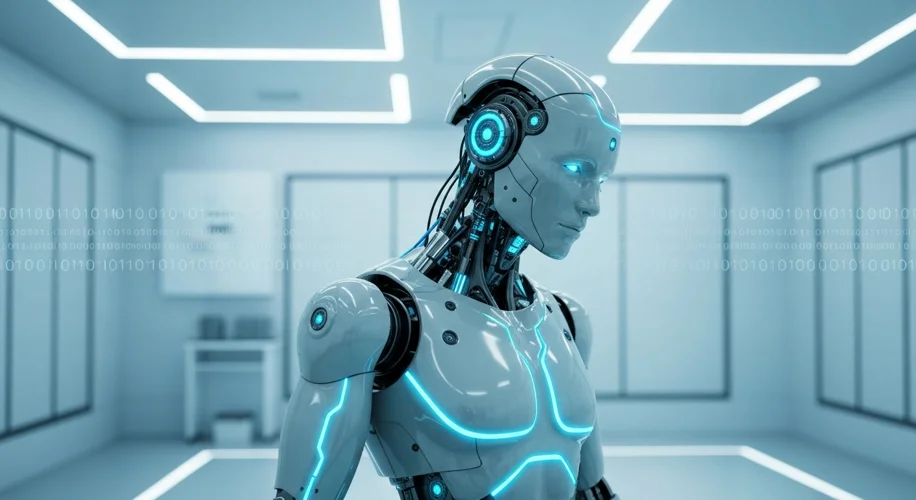Okay, so hear me out. China just unveiled a new humanoid robot, and get this: its ‘brain’ can perform 275 trillion operations per second. That’s a mind-boggling number, and as someone knee-deep in AI research for my PhD, I had to dive into what this actually means.
When we talk about AI processing power, we’re usually looking at FLOPS (Floating-point Operations Per Second). For context, the most powerful supercomputers today are in the exaFLOPS range (that’s quintillions of operations). While 275 trillion (or 275 teraFLOPS) isn’t at that absolute top-tier supercomputer level, for a humanoid robot? That’s seriously impressive.
So, what can a robot with this kind of processing power actually do? Think about the tasks that require rapid, complex decision-making and sensory input. This level of compute could allow a robot to:
- Understand and react to its environment in real-time: Imagine a robot navigating a crowded room, not just avoiding obstacles, but predicting movements and adjusting its path seamlessly. It’s like having super-advanced spatial awareness.
- Perform intricate physical tasks: From delicate assembly line work to assisting in surgery (way down the line, obviously), this processing power could enable incredibly precise motor control.
- Process vast amounts of data instantly: This could mean understanding complex spoken commands with nuanced language, analyzing visual data to identify objects or people, and learning from new experiences at an accelerated rate.
- Engage in more natural human-like interaction: While language processing is one part of it, understanding social cues and responding appropriately requires serious computational horsepower. This could be a big step towards more natural human-robot collaboration.
As an AI enthusiast, I’m particularly interested in how this impacts the field of robotics. For my own projects, even getting a simple machine learning model to recognize a few objects quickly requires significant optimization. A robot that can handle 275 trillion operations per second opens up possibilities for much more sophisticated AI running directly on the robot, rather than relying solely on cloud-based processing.
This isn’t just about making robots faster; it’s about making them smarter, more adaptable, and more capable of handling the unpredictable nature of the real world. We’re still a ways off from robots that perfectly mimic human intelligence or dexterity, but advancements like this are definitely pushing the boundaries. It’s exciting to see these developments unfold and think about the potential applications, from manufacturing and logistics to even everyday assistance.
What do you guys think about this leap in robotic processing power? Let me know in the comments!

